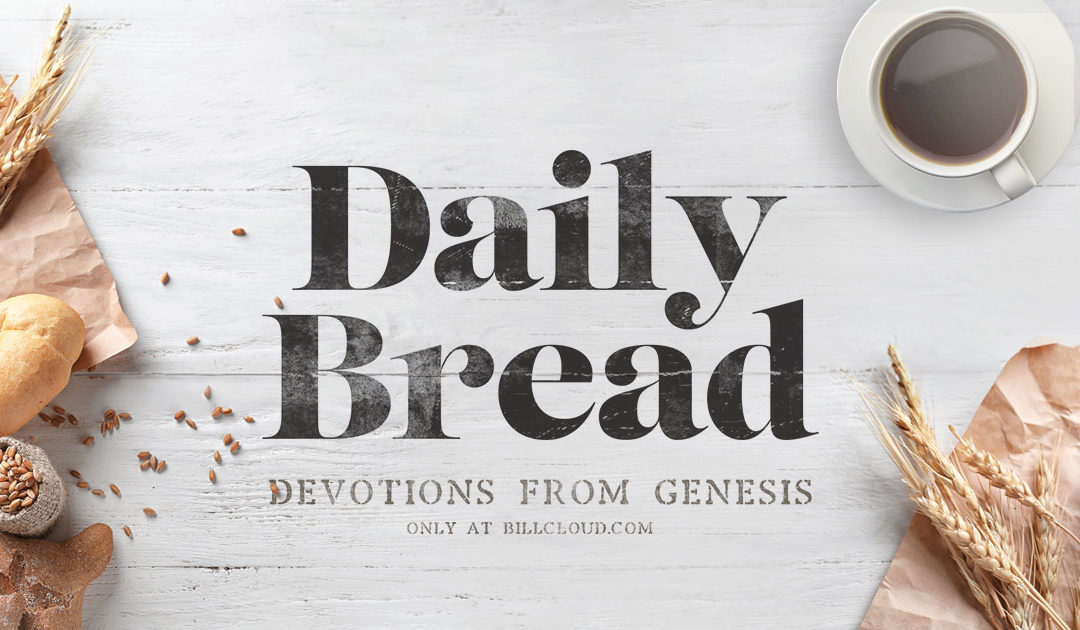Good Morning.
You shall make a veil woven of blue, purple, and scarlet thread, and fine woven linen. It shall be woven with an artistic design of cherubim. … And you shall hang the veil from the clasps. Then you shall bring the ark of the Testimony in there, behind the veil. The veil shall be a divider for you between the holy place and the Most Holy. (Exodus 26:31,33)
The veil that separated the Holy Place from the Most Holy has always been intriguing, no doubt, because it hinted at what lay beyond — the Ark of the Covenant and, more importantly, the One who rested upon the Mercy Seat. That only one person, once a year, could go beyond that veil adds to its intrigue. The Hebrew word translated as “veil” only adds to the mysterious aspect of the Holy of Holies. The word parochet means to separate or “shut off” and is tied to the idea of “breaking” or something of great “severity.” Perhaps this is to allude to what would happen if some unauthorized or uninvited person were to go beyond the boundary it represented.
The Most Holy place was God’s abode and everything about it declared this truth. For instance, consider that the Holy of Holies was a perfect cube, being 10 cubits in height, length and breadth — in other words, it was a 3-D cube or four square (e.g. the New Jerusalem). If you were to draw this shape on paper you will see that it has 8 points of intersection or vertices, 12 lines that meet at these points and 6 planes formed by the lines and vertices. All of these digits combined total to 26, which is the numerical value of the most Holy name, YHVH or Yahweh. The point is, everything about it pointed us to the Most High.
As one faced the veil separating us from the Holy of Holies, you would see that cherubim were embroidered upon the fabric. This was to remind us of what caused our separation from God in the first place. Just as cherubim were posted to guard the way to the Tree of Life in the garden, the Holy of Holies was not to be encroached upon without following God’s instructions to the letter. Again, the issue was that the Holy of Holies housed the Presence of the Holy One and, if someone was to approach Him, they had to make certain that they were not in some contaminated state.
So rather than looking at it as God’s way of saying “Don’t come near Me” it was His way of saying, “You can’t come near Me in the state in you’re in.” Remember, the reason there was a Sanctuary was so that God could dwell among His people but that presented a problem in that He was holy and they were not. In other words, the veil was for man’s benefit as much as anything else. So then, something had to be done for this separation to be overcome — that is where Messiah comes in.
When the Messiah died on our behalf, we understand from Scripture that the veil that separated us from the Holy of Holies was torn in two from top to bottom. No longer was there a veil to say, “Stay back!” Because of Messiah there was an invitation to “Come near.” Through Him we have access to the Father and are no longer hindered by cherubim with flaming swords. We may freely partake of the Tree of Life. Though it remains our duty to live in such a way that honors the Holy One, we can approach Him confidently because we have been made a “new man, created according to God, in true righteousness and holiness” (Ephesians 4:24).
Blessings and Shalom,
Bill


Recent Comments